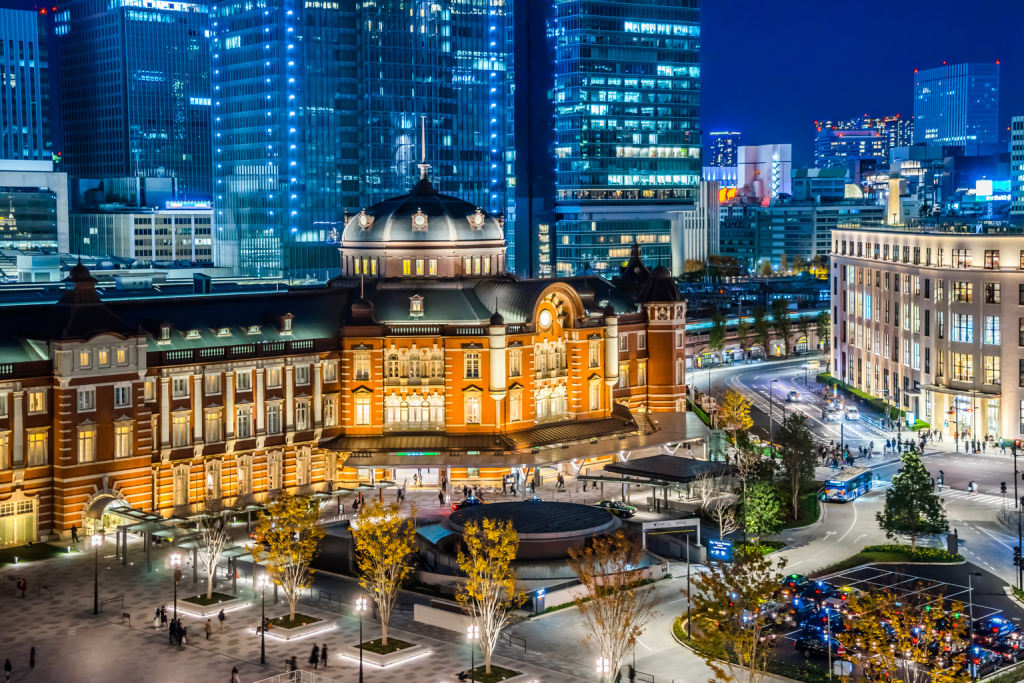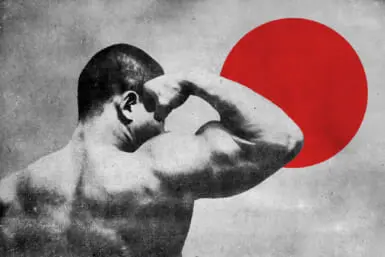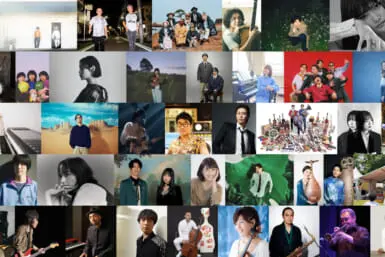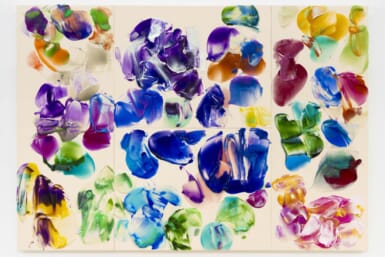While Shinjuku Station takes the title as the biggest and Shimbashi as Japan’s oldest, Tokyo Station might have the richest and most fascinating history. Construction began in 1908, but the station only opened for use in 1914 with two platforms for electric trains and one for non-electric trains.
Today, more than 500,000 people pass through the station every day. It features a fluid mix of modern and historical architecture. The west side with a more classic architectural look is located close to the Imperial Palace in the Marunouchi business district. The Yaesu side is close to the stylish shopping district of Ginza and features more modern architecture.
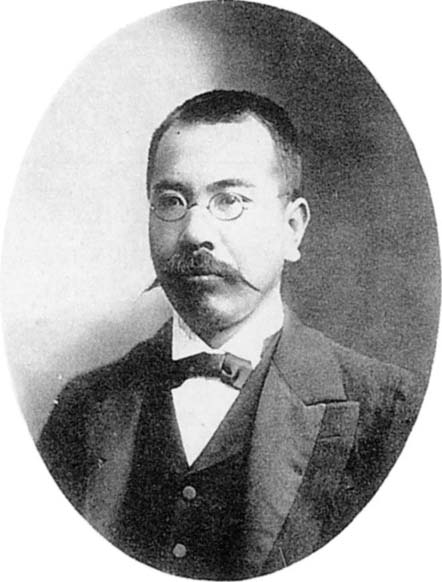
Editorial credit: Ogawa Kazumasa
1. Tokyo Station was designed by Kingo Tatsuno: The father of modern Japanese architecture
Prior to taking over the design of Tokyo Station from Franz Balzer, a German railway engineer, Kingo Tatsuno had already crafted a reputation as the designer of the main office of the Bank of Japan and other prominent buildings erected during the Meiji Period (1868-1912).
Balzer was removed from the project because the emperor wanted a more Western design and believed his design was “too Japanese.” Tatsuno subsequently took over.
He submitted his first draft in 1904, but it was much smaller than the original due to the limited budget of ¥420,000. Following the Russo-Japanese War in 1905, the budget was increased to ¥2.8 million since Japan launched a campaign to improve national prestige. The final proposal in 1910 featured a large station with three stories.
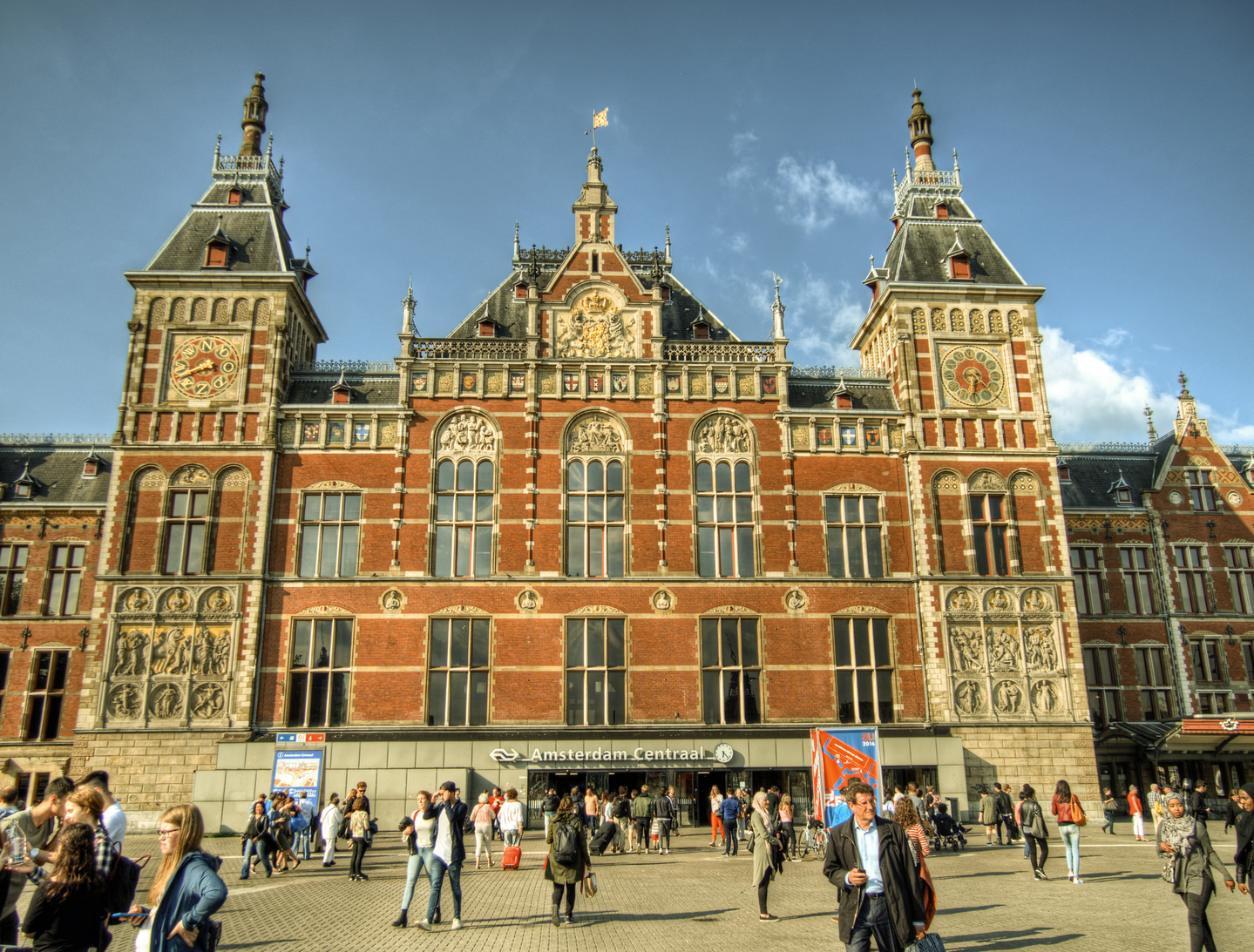
Photo by Neil Howard
2. Tokyo Station was rumored to be designed after Amsterdam Central Station
The red-brick appearance of Tokyo Station resembles Amsterdam Central Station in the Netherlands, so Tatsuno may have taken inspiration from Dutch architecture. Prominent Dutch translator Jan Joosten, who was also a consultant for the Tokugawa Shogun, resided in the Yaesu district, so that may have also inspired Tatsuno’s design. The name of the east side of Tokyo Station “Yaesu” is derived from the name Jan Joosten.
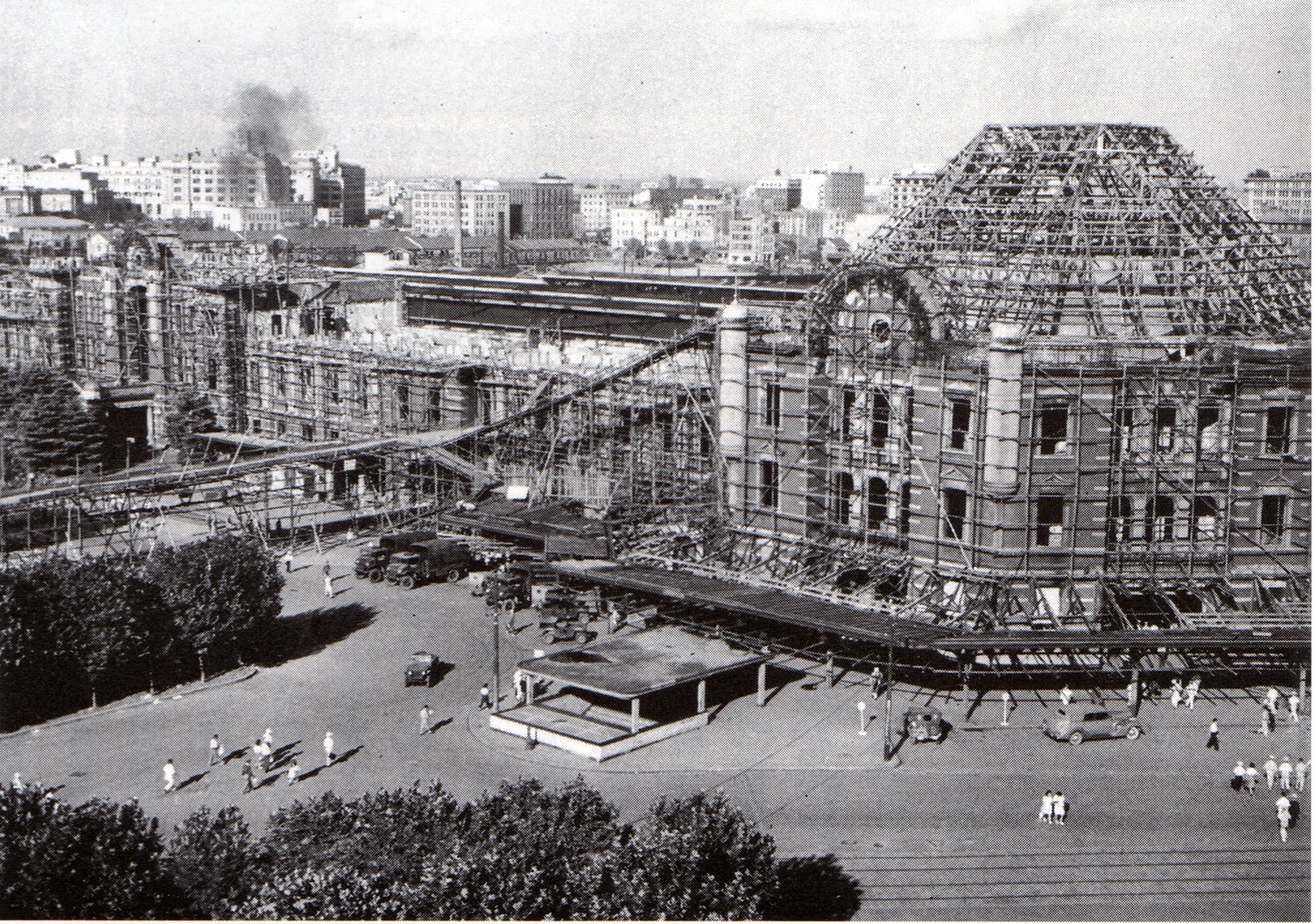
Photo via Wikicommons
3. Tokyo Station survived the Great Kanto Earthquake, but burned down in World War II
The Great Kanto Earthquake in 1923 caused a huge fire and other damage to surrounding buildings but barely damaged Tokyo Station. On the other hand, most of the roof and interior was destroyed by air raids in May 1945. Reconstruction was completed within a year, but only two of the original three floors were restored for safety reasons. The domed roofs were also changed to octagonal shapes.
The station building was designated an important cultural property in 2003, then successfully preserved and restored in 2012.
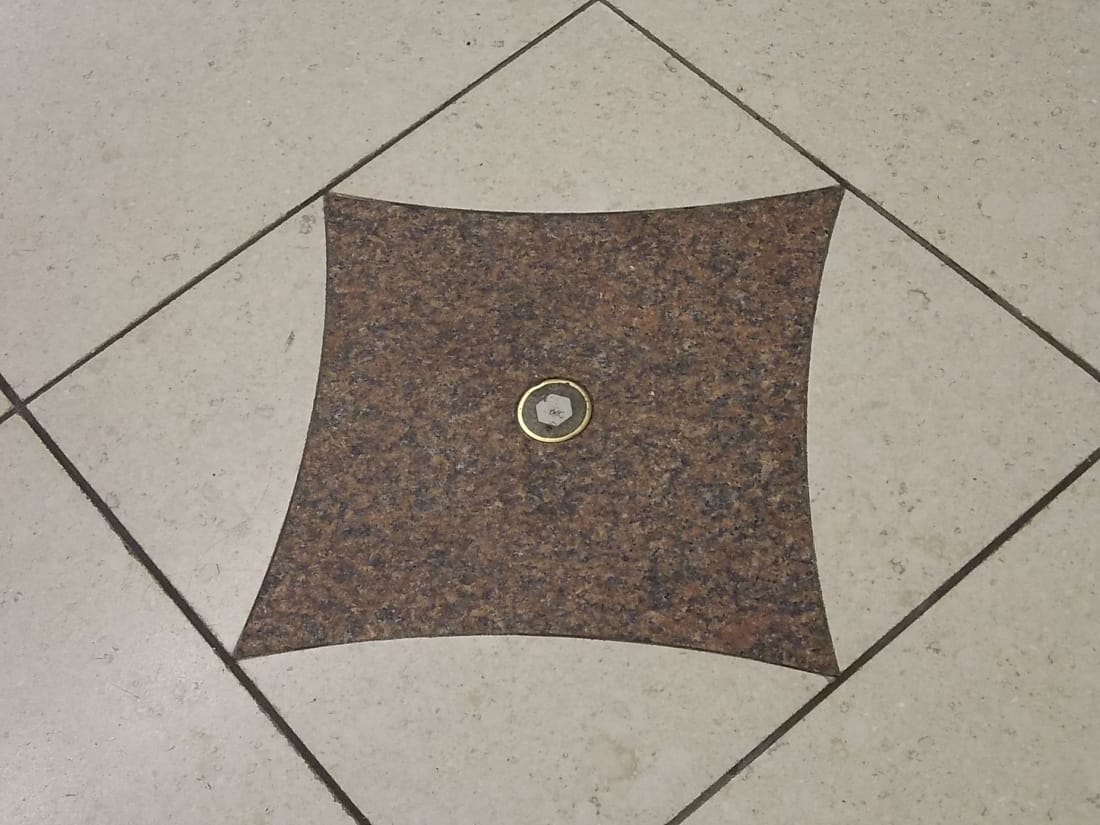
Photo via Wikicommons
4. Tokyo Station is the site of the assassination of one prime minister and the attempted assassination of another
In 1921, Prime Minister Takashi Hara was stabbed to death by a radical conservative in front of the south wing of the station after he arrived to board a train for Kyoto. Hara was the first Christian prime minister in Japan and allowed some degree of cultural freedom in Japan’s colonies, particularly Korea, by permitting for the first time, a school curriculum that featured Korean language and history. He won few supporters, since Koreans thought his measures were inadequate and Japanese thought they were excessive. Thus, he was assassinated by right-wing railroad switchman, Konichi Nakaoka.
Nine years later, Prime Minister Osachi Hamaguchi was shot in Tokyo Station as he was walking towards the Tsubame express train. He was headed to Okayama to observe special large-scale military maneuvers and was shot by a member of the Aikokusha ultranationalist secret society, Tomeo Sagoya. The attempt on his life was made because of his liberal policies toward Korea and his failed economic policies. He died a year later from the wounds he obtained from the assassination attempt. Visitors can observe the spot he was shot near the south exit on the Marunouchi side as it’s marked by a special tile.
5. The imperial family occasionally uses imperial trains that depart from Tokyo Station
Being within walking distance of the imperial palace, Tokyo Station is where imperial trains, or omeshi ressha, are specially operated for the imperial family. There are bulletproof glass shinkansen cars and disguised limited express trains where the vehicle number of the car isn’t announced so terrorists can’t target them. After Emperor Akihito ascended to the throne, air travel or regularly scheduled trains with a reserved carriage became more common than imperial trains.
6. The first Shinkansen pulled out of Tokyo Station on October 1, 1964
The first Shinkansen in Japan was the Tokaido Line, which runs from Tokyo to Osaka. It cut travel time in half from six-and-a-half hours on regular trains to three hours and 10 minutes. When it opened, people called it “yume no chotokkyu” (meaning: super-express of dreams.) It required an $80 million loan from the World Bank for construction and engineering, which barely covered the costs. Hence, the head of the project, Shinji Sogo and those who worked on it were called “the crazy gang.” Soon after, however, the 0 Series Shinkansen became a symbol of Japan’s technological prowess.
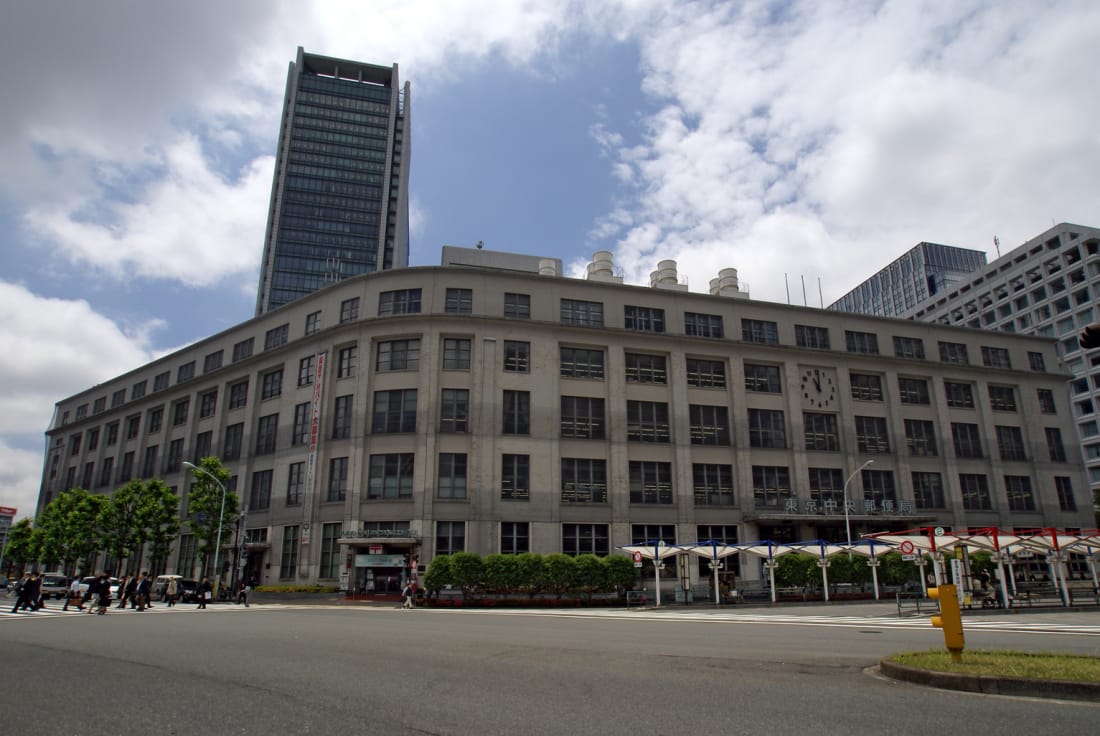
Image by 663highland
7. There used to be an underground passage for mail delivery between Tokyo Station and the Central Post Office
The Tokyo Central Post Office opened in 1933 located outside Tokyo Station’s south exit. It was designed by Tetsuro Yoshida who designed many post offices and telegraph offices in Japan. Mail was once transported by cart in an underground passage between the station and the post office during the Taisho (1912-1926) and Showa (1926-1989) periods. Part of the original post office building is still preserved and now comprises the bottom layer building of JP Tower.
8. Tokyo Station has an art gallery
Tokyo Station Gallery opened in 1988 to introduce art to the masses at one of the busiest stations in Japan. Since it opened, more than 2.3 million people have visited to admire the artwork. It closed in 2006 and then reopened in 2012 after the renovation of the station building finished. There are about five different exhibitions every year typically focused on modern art. The exhibition floors are on the modern third floor and the historical second floor. The second floor is the only place in the station where you can see original brick walls older than 100 years in one place. It’s located in the Marunouchi building outside the north exit.
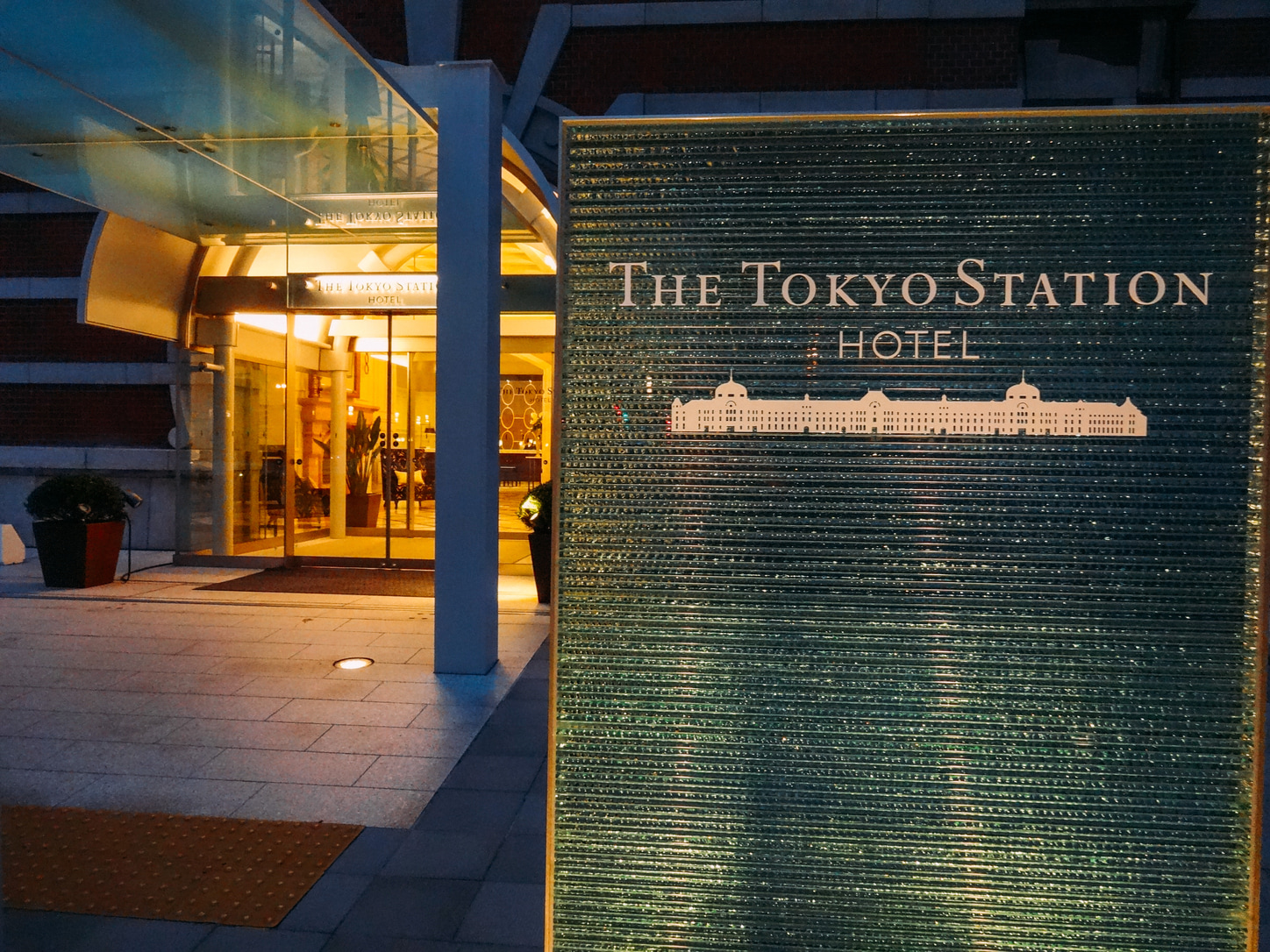
Editorial credit: Dick Thompson Johnson
9. Tokyo Station has a hotel
The hotel opened in the Tokyo Station Marunouchi Building in 1915, one year after the opening of the station. The stylish European-style hotel has 56 guest rooms and a banquet hall. It was a popular meeting place after the Great Hanshin Earthquake, since it wasn’t very damaged. It was temporarily closed from 2006 to 2012 due to conservation and restoration projects. Nowadays Tokyo’s political elite still gather there for afternoon tea. Room rates are around ¥40,000.

